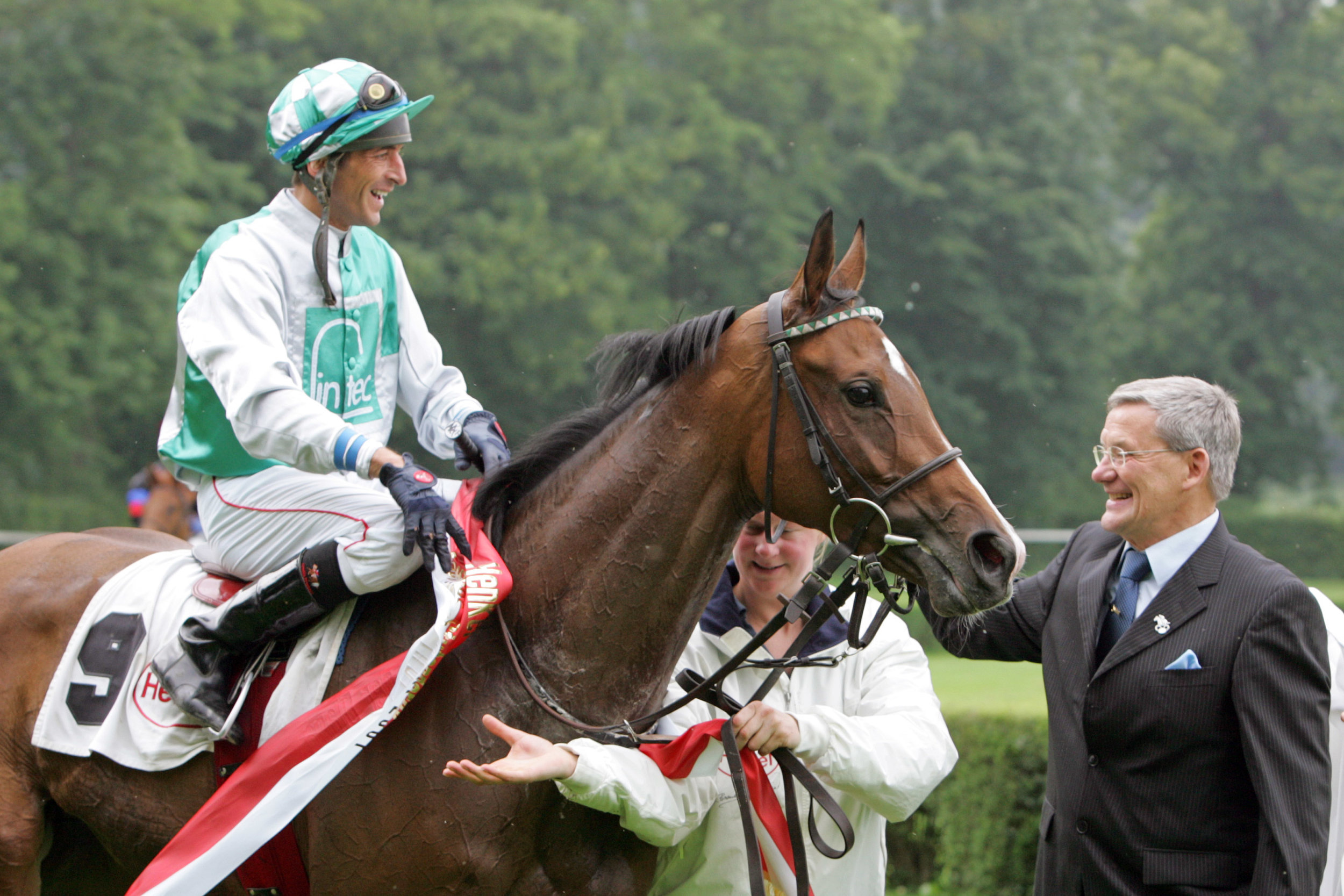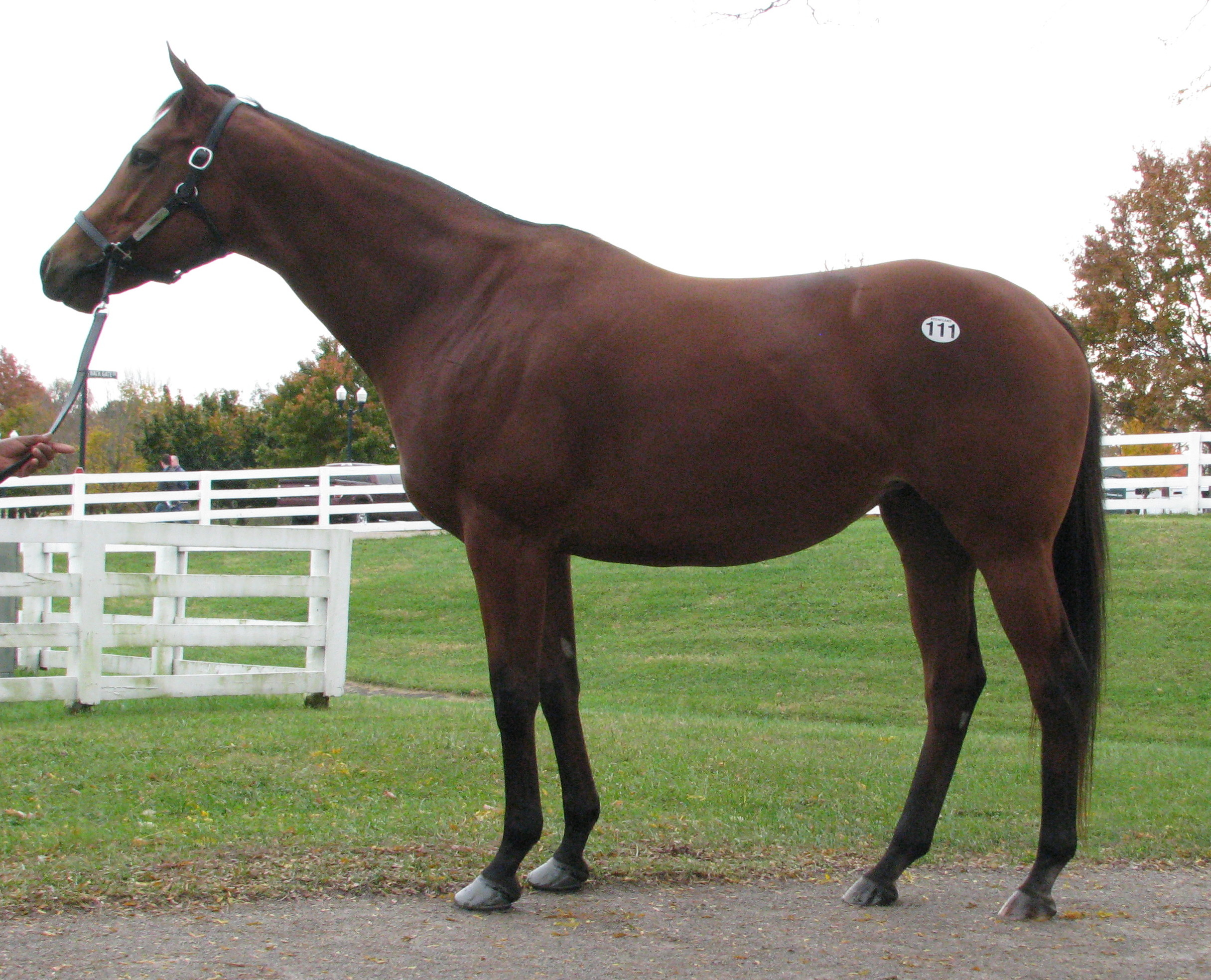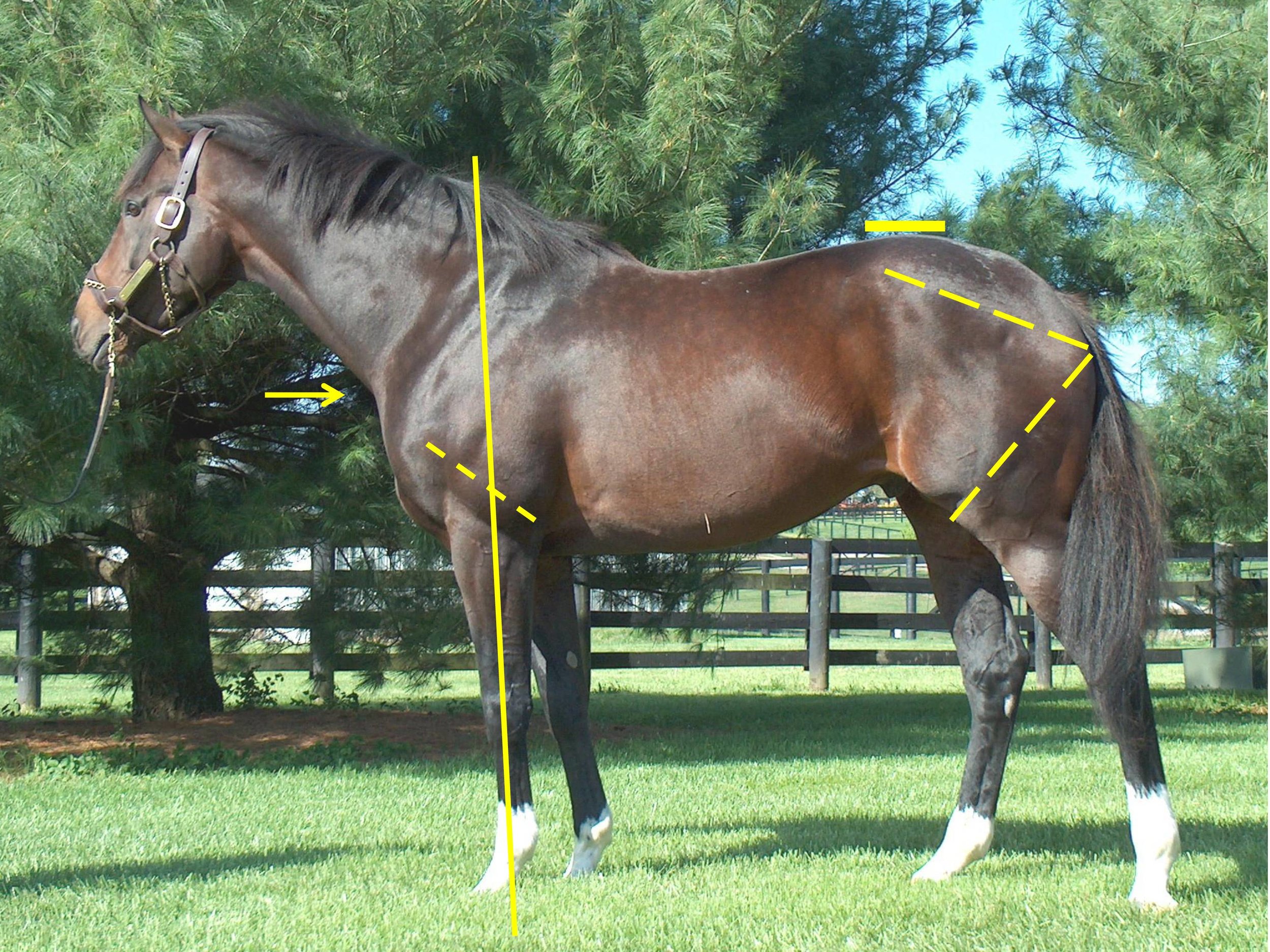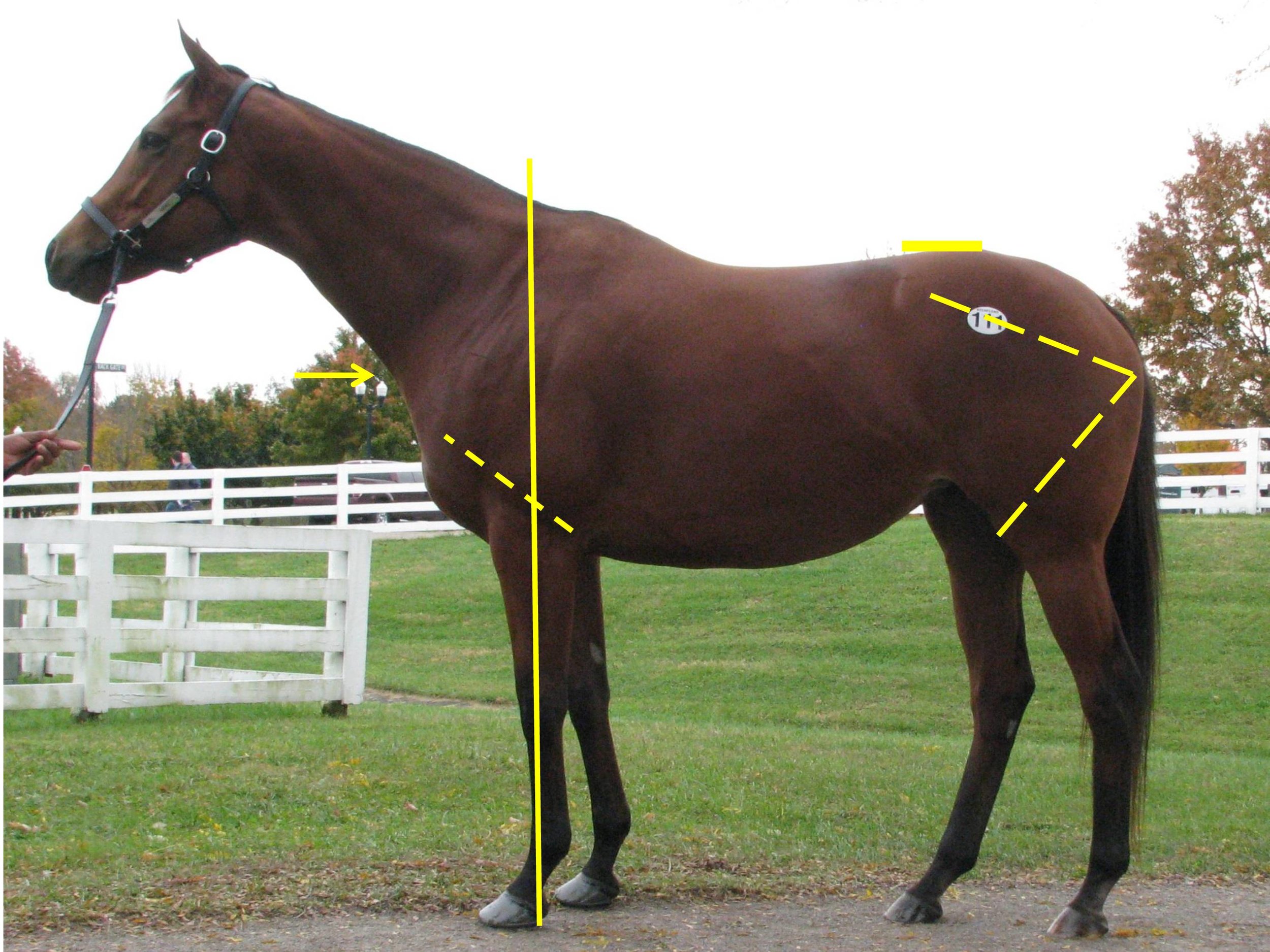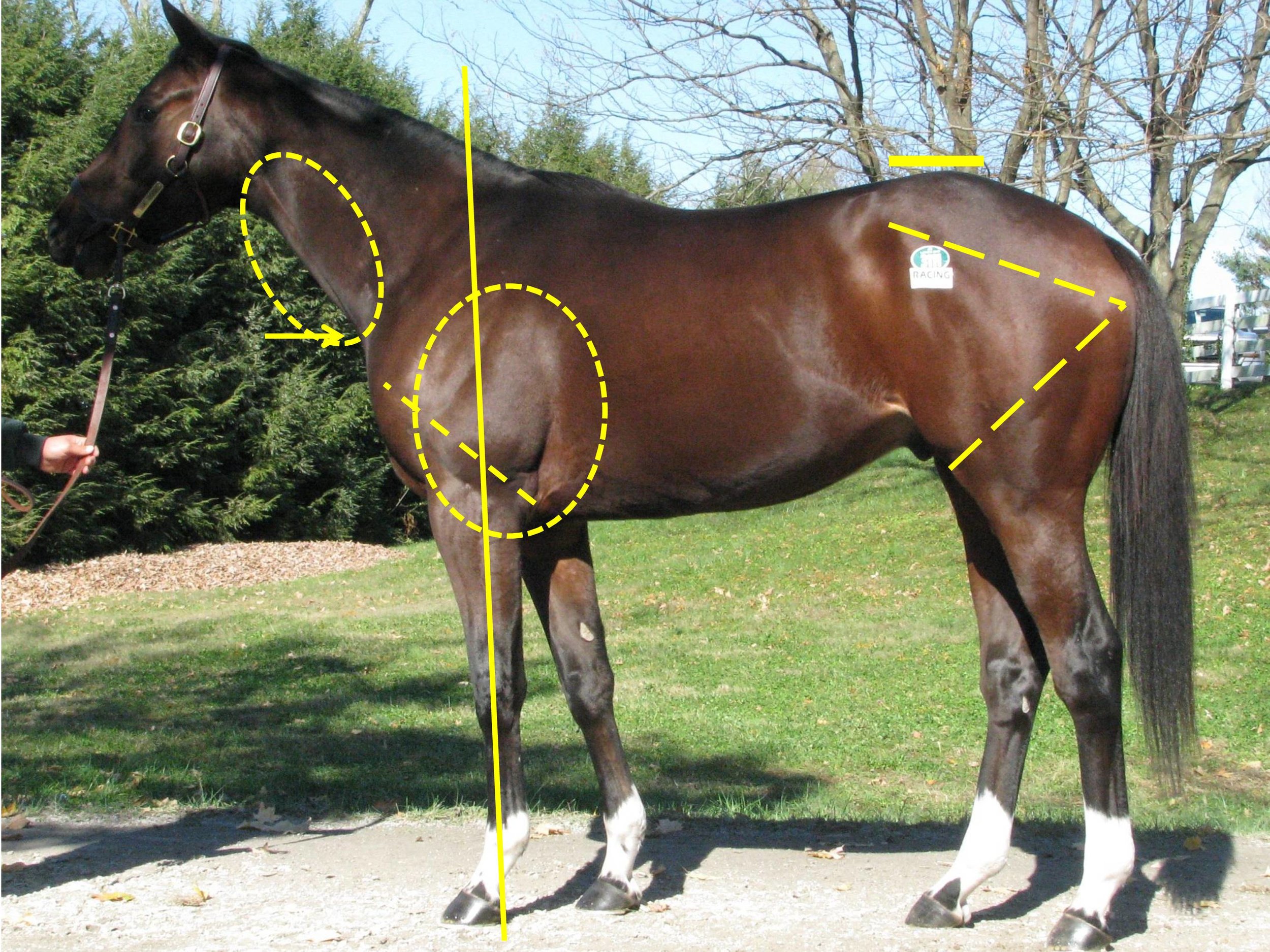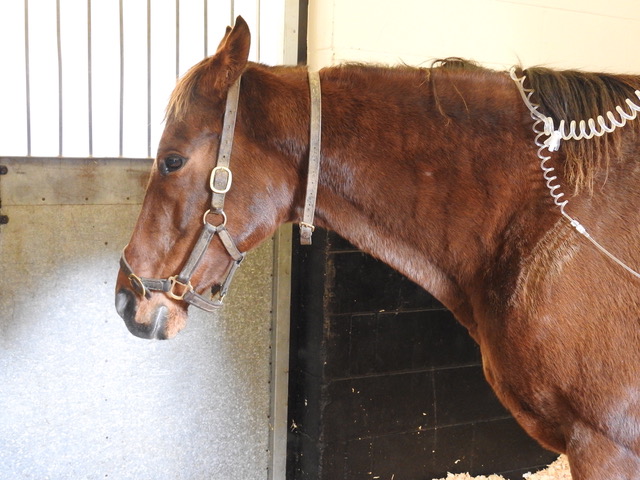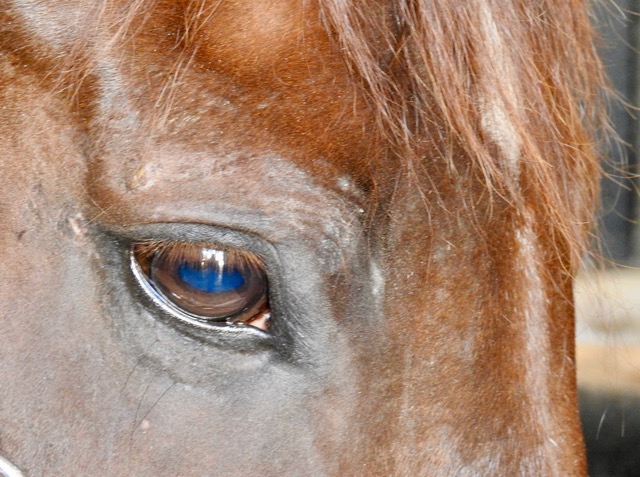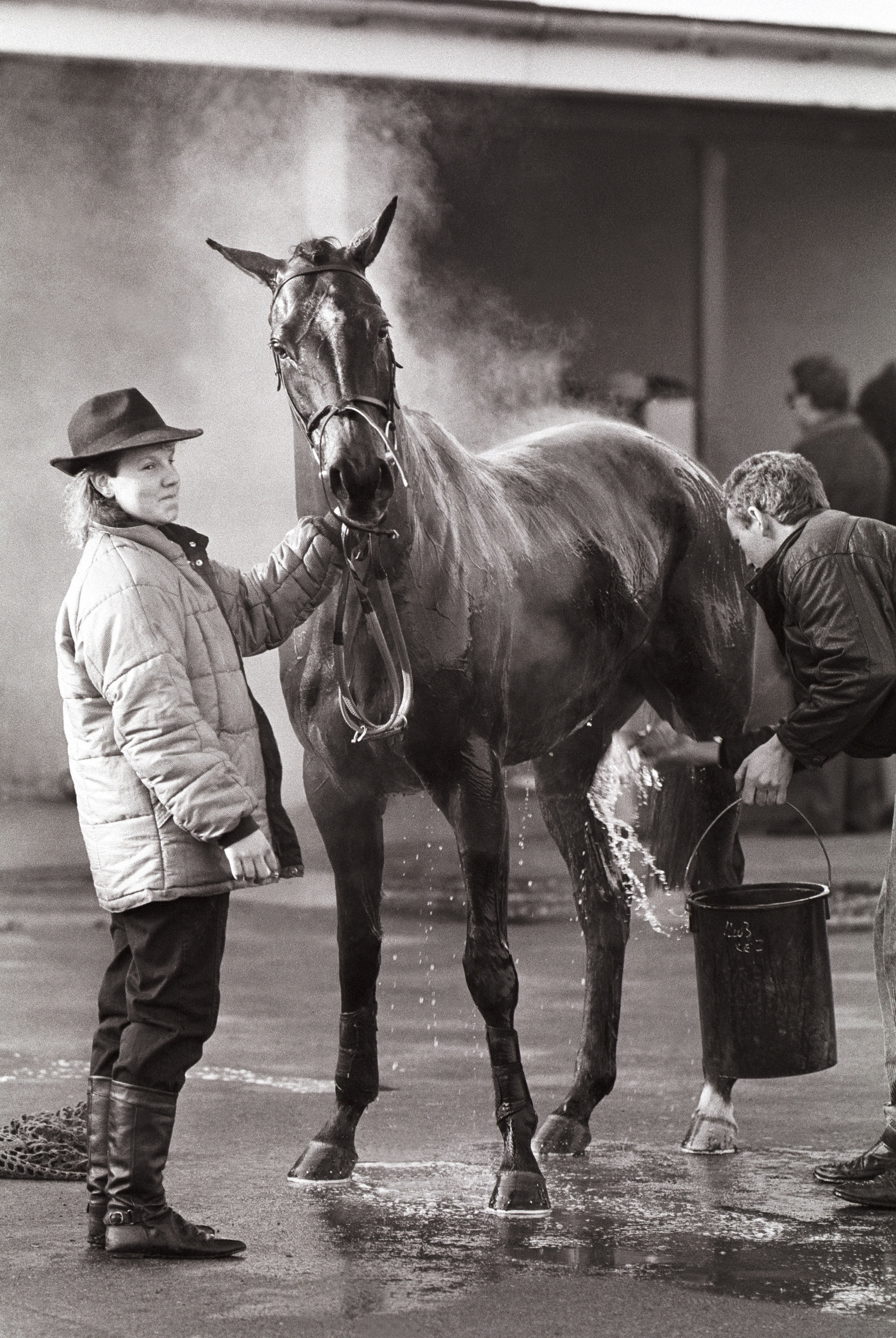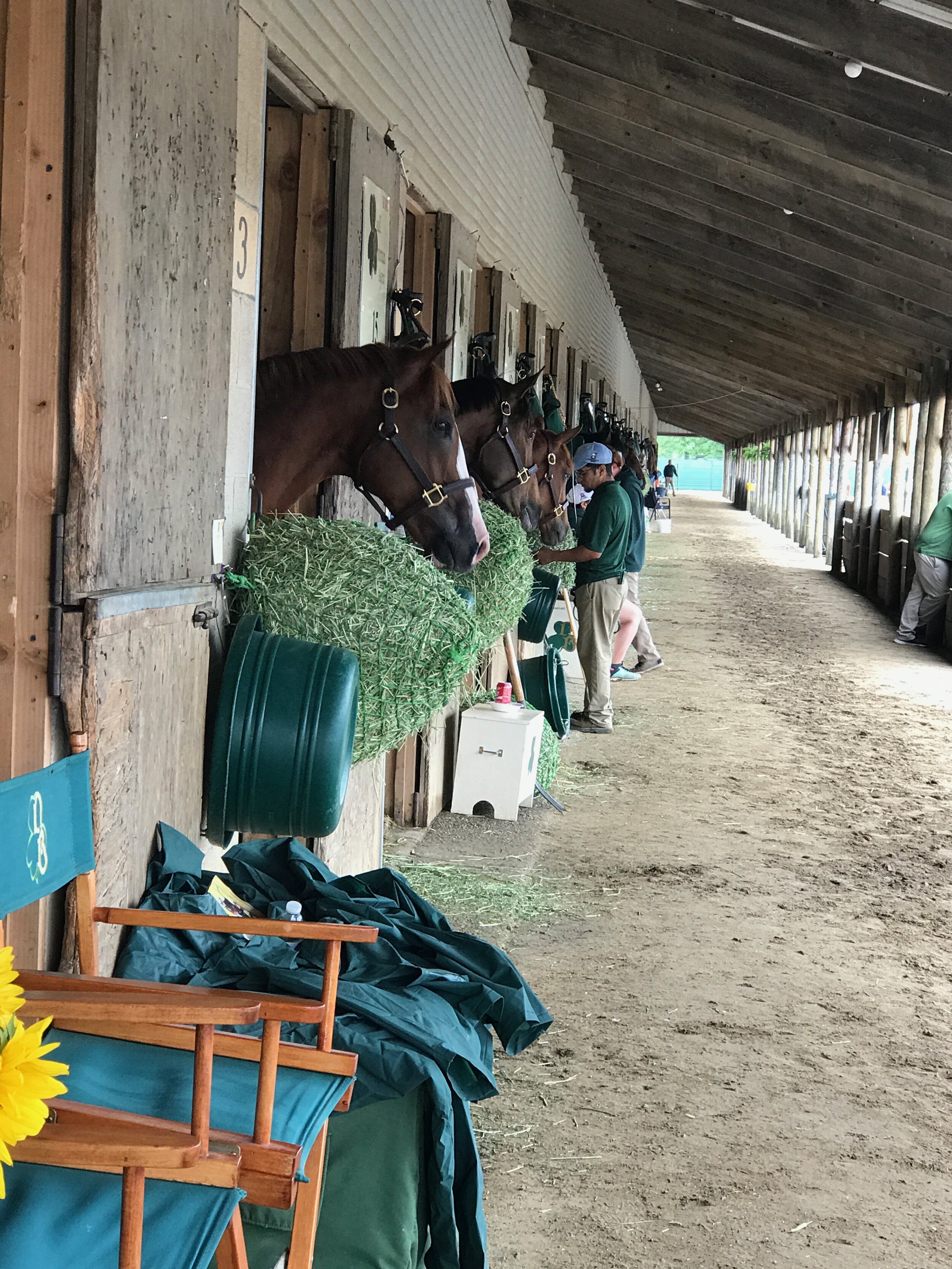Trainer Profile: Kevin Prendergast
/By Lissa Oliver
“The best horses are the best bred”, says Kevin Prendergast; and he should know. Right now, he’s watching a potential champion walk quietly past. Madhmoon has yet to win this year, but having finished fourth in the 2000 Guineas and second in The Derby, a win isn’t likely to be long in coming. Prendergast trained his dam, Aaraas and grand dam Adaala, both winners, and a long list of their siblings and progeny, too. No less than My Charmer, dam of Seattle Slew, is the fifth dam of the Friarstown Stables star.
Much like Madhmoon, Prendergast, who will be 87 this July, can also boast an illustrious line. He has followed in the footsteps of his grandfather, Patrick, and father, the renowned Paddy ‘Darkie’ Prendergast; as have his brother Paddy Jr and nephew Patrick, the latter recently joining forces with John Oxx in a dual-venture new to Ireland.
Innovation was nothing new to ‘Darkie’, who pioneered trans-Atlantic travel for racehorses and remains to date the only Irish trainer to become Britain’s Champion Trainer three years in a row. “It will never be done again”, says Prendergast, who took out his own training licence in 1963—the year his father won the first of those titles. Up until then, Prendergast had been working with his father as assistant trainer.
“It was the logical thing”, he says now of his decision to go out on his own. “I had always wanted to be a trainer. It’s a labour of love more than a job. There are more ups than downs. The good days are great days, but at the same time the bad days are very bad.
“I don’t know if starting out on my own was made easier because of my family background or harder, because I’ve never had to do it without that background”!
He may have learned a lot from his father, but Prendergast also gained a wealth of experience during a five-year stint in Australia, where he ventured in 1949 as a 17-year-old. The connection had started much earlier, however, as it is where he was born while his father was riding there.
“I was assistant to Frank Dalton; he had a very successful stable at the time”, recalls Prendergast. Indeed, during his time with Dalton, some of the country’s top prizes fell their way, with horses such as Oversight and Barfleur. “I wouldn’t say the methods of training were any different out there”, he notes. “Methods are basically the same for everyone. But they were so far ahead. Even then, all the tracks were watered, whereas in Ireland they were building a facility at the Curragh and forgot about the water! There was no thought given to how they would get water onto the track.
“I left Frank Dalton to come back home again in 1954, to work with my father. I was riding as an amateur then, too. I was assistant to my father for eight years”.
There was no shortage of top-class horses in his care at Darkie’s, and in 1960 Martial became the first Irish-trained winner of the English 2000 Guineas, in the same year that the stable saddled Alcaeus and Kythnos to finish second and third in the Epsom Derby. Prendergast has gone on to have seven runners in the great race—Madhmoon going tantalisingly close this year.
Mahdmoon
Setting up on his own, Prendergast got off the mark quickly when Zara won at Phoenix Park in May 1963—the victory all the sweeter because he was also the winning jockey. He had bought Zara, described as “a bit of a monkey”, from his father; and it wasn’t long before he stepped out of Darkie’s shadow to establish himself as a Classic-winning trainer.
Like Zara, Pidget wasn’t easy to train, but Prendergast knew how to get the best from the filly, and she provided the first two of his eight Irish Classics, taking the Irish 1000 Guineas and Irish St Leger in 1972, as well as the Pretty Polly Stakes. The following year Conor Pass gave him a back-to-back Irish St Leger win, a feat Prendergast repeated in 1996 and 1997 with Oscar Schindler. In 1977, Nebbiolo provided him with an English Classic when landing the 2000 Guineas.
There are not too many trainers blessed with the skill and longevity to boast a 40-year gap between their first Irish 2000 Guineas winner and their most recent, but Northern Treasure (1976) and Awtaad (2016) are testament to Prendergast’s vast experience.
“There’s no secret to it, we all want the same thing”, he says of that skill. “Just keep them healthy and happy”. When Tell The Wind gave him his landmark 2,000th winner at Dundalk in 2010, it was as good a proof as any of a healthy happy stable.
Friarstown Stables are conducive to contentment. Just close enough to the bustle of the Curragh to avail of the world-class facilities on the doorstep, yet tucked quietly away from the main thoroughfare, providing a little slice of peace and tranquillity. Mature trees shelter the farm and its fields, and private grass and all-weather gallops nestle imperceptibly in pastureland, protected by natural hedgerow.
Natural is the operative word. This is a working stable with traditional boxes, well-maintained and tidy, certainly, but with no airs and graces. Functional, not showy. Prendergast is very much stamped upon his surroundings.
For a successful yard, he has always kept a relatively small string. He has 35 horses and a small team of staff, who go about their work with quiet efficiency. There are no shouts or raised voices, but lots of laughter. Even first lot, keen to stretch their legs and get out, match the calm mood. There’s no skittish behaviour, no wilful shows of temperament, and each of the nine horses walk by on a long rein, perfectly settled.
“He has a bit of temperament, which Awtaad never had”, Prendergast says of Madhmoon, who is in the first lot and on best behaviour. “I was never worried about him training on at three as we’d looked after him. It’s the busy two-year-olds you’d worry about. He does everything right and he’s a good horse to work—you can set your clock by him. I trained the dam and the grand dam; I’ve had all the family here. He’s never been away from here since he arrived at two and I see him every day.”
Methods might be the same the world over and he might not be one for new technology, but therein lies the secret to Prendergast’s success. Observing the individuals and retaining a familiarity with the families that go back several generations. Much of that is owed to the loyalty of owner breeders such as Lady O’Reilly and Sheikh Hamdan Al Maktoum, for whom Prendergast has trained for over 30 years.
“I’m very, very lucky to have good owners like Lady O’Reilly and Sheikh Hamdan”, Prendergast acknowledges. “They have been with me for a long time and so have my Irish owners. Unfortunately, Ireland is losing a marvellous owner because conditions in France are so much better. The prize money is good and then there are the bonuses; it’s hard for us to compete. We tried to get a Tote monopoly here—my father tried hard. Australia, France, New Zealand, America—they all have a thriving Tote.
“Trainers are getting run out of it. the €2,000 or €3,000 we’re running for doesn’t pay for the horsebox to get them there. Trainers are giving up in England every day. It’s all to do now with agents and how well a horse is bred; everybody wants black type, but at the other end there are not too many races for horses that cost €72,000 or less. It puts the smaller fella out of the game. They don’t look after the smaller trainer, and it’s the smaller trainers who are the backbone of the game. If you lose them, you may as well close the whole game down”.
He has seen many changes during his career and suspects some may be for the worse—too often a case of, “Common sense gone out the window”. He smiles at the idea of giving horses Guinness or eggs: “That’s something in the past. Nowadays you’d be afraid to give them spring water”. But there’s an edge to the joke.
Like many, he feels the IHRB is too quick to follow the BHA and the equine flu scare was a case in point. “We had immunised our horses at Christmas, and then we were forced to get them done again. It made them ill, and we lost the early part of the season”.






